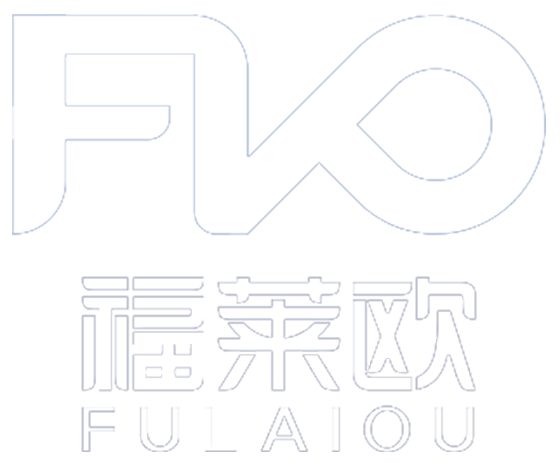News Center
What is the composition and structure of polyurethane synchronous belts?
As an industrial product, the structure of polyurethane synchronous belt mainly consists of three parts: belt back, tensile layer, and belt teeth. So let's introduce these components in detail here. If you're interested, let's take a look together. I hope it can be helpful to everyone.
Let's take a look at what the back of the polyurethane synchronous belt is. The back of the synchronous belt we are referring to is used to bond and wrap tensile components, which has excellent flexibility and resistance to bending fatigue. At the same time, during operation, it allows the intercepted air between the belt and the gear teeth to escape, in order to remove some noise. Moreover, using this belt back is not easy to age, and its oil resistance is also relatively good, especially in terms of wear resistance. At the same time, there are appropriately sized sharp grooves on the inner surface of the belt back, which can improve the bending fatigue performance of the toothed belt in addition to process requirements. Therefore, it is also an important part of polyurethane Timing belt. For the tensile layer of the polyurethane synchronous belt's steel wire rope or polyester wire rope, it is the tensile component of the synchronous belt and uses multiple strands of steel wire rope (or polyester wire rope) to spiral along the width of the tape, and its position is determined as the pitch line of the synchronous belt. At the same time, it is also used to transmit power and ensure that the pitch of the synchronous belt remains unchanged during operation. And its elastic modulus is large, so elongation is not allowed during operation, thereby ensuring that the pitch of the synchronous belt remains unchanged. The tensile layer of polyurethane synchronous belt should have high tensile strength and bending fatigue resistance. Only then can we work well.
Next, let's take a look at the teeth of the polyurethane synchronous belt. The pitch distribution requirements of the teeth here are very high, especially the teeth should mesh correctly with the groove of the belt wheel. Therefore, we need to have strict requirements for the correctness of the geometric parameters of the teeth during the production process. It has high Shear strength, good abrasion resistance and oil resistance. In the industrial field, polyurethane synchronous belts are known for their excellent oil resistance and wear resistance, and they are suitable for high-speed operation of small and medium-sized power. Moreover, their environment should be relatively dry, and the working temperature is generally -20~+80 C. Polyurethane materials will provide belts with wear and tear resistance. Moreover, the polyurethane annular power belt has a small tolerance, which ensures accurate thickness and length. Moreover, the teeth of the polyurethane synchronous belt are produced through a special molding process for the polyurethane annular power belt. So seeing these various characteristics can make polyurethane synchronous belts have high physical and chemical stability. Make it suitable for high-strength, high-precision, and even high-speed transmission systems.
Contact now for more information

WeChat contact
Contact Us

Tel:+86-513-88600693

Add: No. 23, Maoyuan Road, Qutang Town, Hai'an City, Nantong City, Jiangsu Province
All rights reserved © Jiangsu Fulaiou Industrial Belt Co., Ltd Urban substation








